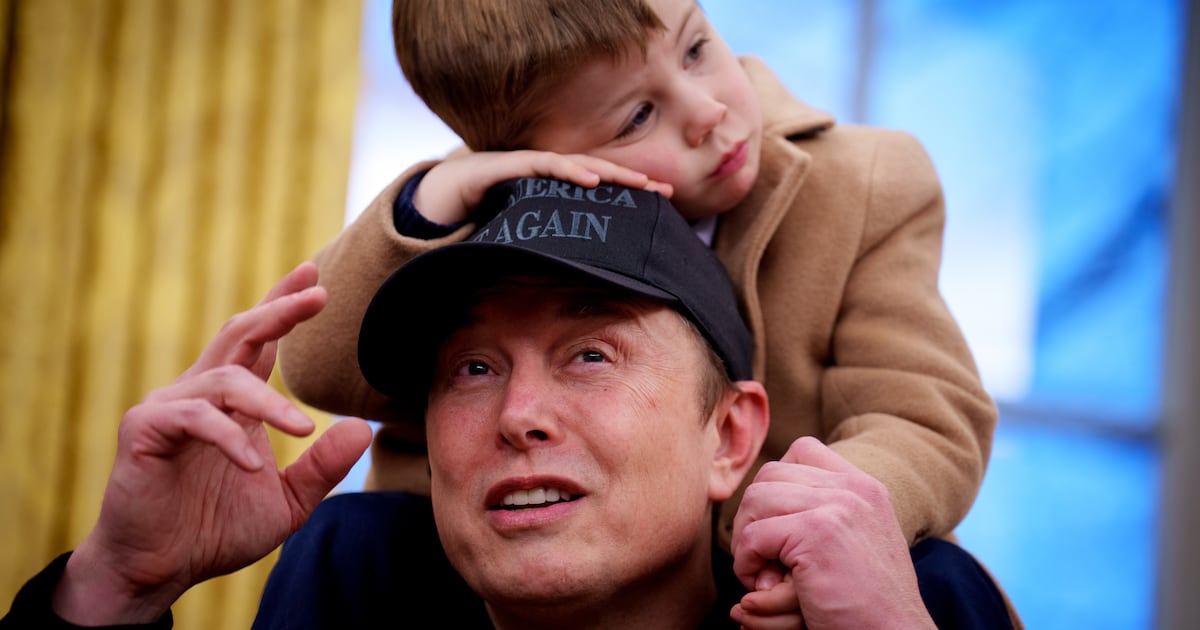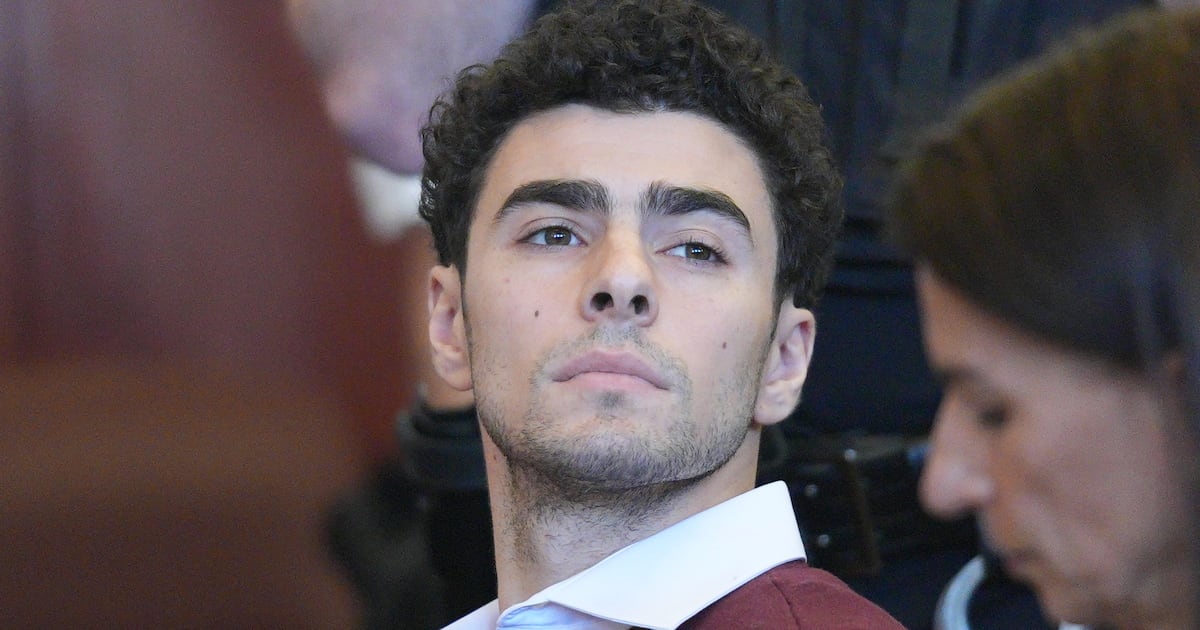The year is 1963, and you’re a young man in your early twenties floating on a cloud of alcohol and Percodan looking for a way to make a quick buck. You could try to get a job or borrow some money from a friend. You could even extend a few sticky fingers into the world of petty theft.
Or, you could kidnap the son of the most famous singer in the country and make your fortune in ransom.
It was that last option that struck the fancy of Barry Keenan, the brains behind the ill-conceived-and-executed plot to kidnap Frank Sinatra’s son. It was a brazen idea not only because of its sheer criminal audacity or the fact that the target’s father was rumored to have ties with the Mafia.
Perhaps the most impudent aspect of the kidnapping of Frank Sinatra Jr. was the fact that two of the three conspirators had been high-school classmates of Nancy Sinatra, Junior’s older sister, and had been welcomed into the family home on several occasions.
While Keenan, Joe Amsler, and John Irwin successfully abducted Junior from Harrah’s in Lake Tahoe on Dec. 8, 1963, that is about where the success of the plot ended. Their foray into felony was punctuated by one blunder after another that ended up only earning them a stay behind bars.
It can’t be easy growing up the son and namesake of the singer who provided the soundtrack to almost every mid-century American household and having crooning ambitions of your own. But in 1963, a 19-year-old Frank Sinatra Jr. was in just that position as he set out to make a name for himself on the stage.
Following very closely in his father’s shadow, Junior had kicked off his new career with Sinatra’s old band, the Tommy Dorsey Orchestra, with a performance that The New York Times called “a ghost show.”
“Young Mr. Sinatra has taken careful note of every aspect of his father’s singing. He knows—and projects—the inflections, the shading, the phrasing his father used,” the Times wrote in September 1963. “The physical mannerisms are equally pat. It is a good copy—easy and so unforced as to seem quite natural. What one misses is the creative presence that gave his father his personal distinction.”
On Dec. 8 of that year, Junior was in residence at Harrah’s in Lake Tahoe performing a lounge act, one that again parroted his father’s style and musical substance, when the wannabe criminals made their move.
Keenan and Amsler, both 23 at the time and former high-school classmates, knocked on Junior’s hotel door around 9:30 p.m. impersonating room service.
It was dinnertime for Junior and his bandmate John Foss, so the pair easily gained entrance. Once inside, they quickly got to work. Foss was haphazardly tied up and left in the room, while Sinatra was allowed to quickly throw on pants and a jacket before being blindfolded and shuffled out into the snowy night at gunpoint.
In addition to poorly restraining Foss, Keenan made his second ridiculous blunder only moments later.
According to James Kaplan in Sinatra: The Chairman, the mastermind ran back into the room shortly after leaving in order to disconnect the phone. Then he ran back out, accidentally leaving his gun behind at the scene of the crime.
The kidnappers loaded their quarry into a 1963 white Chevy Impala and set out for Los Angeles. Here, they got their only lucky break.
Back in the hotel room, Foss was able to work himself out of his bindings within minutes and sound the alarm. Police quickly swarmed the hotel, while Sinatra was alerted and personally called in help from an unlikely source.
Sinatra had been a supporter of JFK, who had been assassinated just two weeks before the kidnapping, but there had been a falling out between the singer and Bobby Kennedy following JFK’s election. But the frosty relationship wasn’t a deterrent when it came to saving the life of his son.
“Frank woke me up with his phone call a few hours after they grabbed young Frankie,” Peter Lawford, a brother-in-law to the Kennedys and a member of Sinatra’s Rat Pack later recounted. “There was no hello, no apology, nothing like that. He just said for me to call Bobby and get the FBI in on the case and get back to him in Reno.”
Bobby immediately pulled out all the stops—the Nevada and California FBI offices were tasked with the case and ordered to work around the clock and roadblocks were set up along the state borders, according to Kitty Kelley in His Way: The Unauthorized Biography of Frank Sinatra.
“I know how Frank feels about me, but please tell him that everything is being done, and we’ll get his boy back as soon as possible,” Bobby said.
While his enemy was leading the charge, Sinatra received a phone call from his close friend, Chicago mobster Sam Giancana, offering the services of his own organization. “Please. Don’t do a damned thing. Let the FBI handle this,” Sinatra responded according to Kaplan.
The authorities were out in full force, stopping all cars along the state border. But somehow, in a crime filled with missteps, the Chevy Impala was able to pass through and make it to the pre-arranged hideaway in a rental house in L.A.
The next afternoon, the kidnappers made the first of seven calls to Sinatra to open the dialogue that would end in a ransom demand. When the conversation finally turned to money, Sinatra offered them “anything—a million dollars—anything.” Their ambitions were not so lofty. The kidnappers countered the offer and demanded $240,000.
In order to retrieve their money, the perpetrators had to split up. They decided that Keenan and Amsler would drive to the drop-off location while Irwin, their 42-year-old co-conspirator, would stay with Junior and release him after receiving confirmation that the money was in hand.
While the pick-up was successful, all did not go according to plan. Waiting alone in L.A., an antsy Irwin decided to go ahead and release Junior without knowing if the cash exchange had gone as planned. Junior left the hideaway and walked several miles before asking for help from a security guard in Bel Air.
Junior was delivered safely to his mother’s home where he faced a scrum of reporters. “I was scared, I was a little bit nervous eventually, but the only thing I could do was hope for the best,” he told the press in a statement filmed for a newsreel.
His mother Nancy was asked how she was feeling: “Just beautiful, thank you,” she responded, before making their exit. “Fellas would you mind if we go now because I want to feed him.”
Despite committing blunder after blunder, the three perpetrators must have celebrated getting away with their ridiculous scheme. But the revelry was not to last for long. Within just a few days, they had been captured and most of the ransom recovered after they fell prey to the oldest “no-no” in Crime 101: Irwin bragged about the caper to his brother, who immediately ratted him out to the FBI.
Getting kidnapped was a harrowing ordeal for Junior, but it wasn’t the end of his troubles. Perhaps worse than being forced into captivity at gunpoint was what the three criminals did to him during their trial.
In an effort to put up a compelling defense, they wove a story that Junior had been in on the crime, staging his own kidnapping in an effort to boost his profile and gain publicity for his budding singing career.
“The criminals invented a story that the whole thing was phoney,” Junior told the Guardian in 2012. “That was the stigma put on me.” It was a stigma that would never fully leave him.
The trial made headline news and the three were eventually sentenced to life in prison. But through a series of legal maneuverings, they only served a tiny fraction of that time. Amsler and Irwin went away for just over three years, while Keenan served a little over four.
In 1998, Keenan gave an interview to People where he described the warped justifications that led to the kidnapping. “In my demented state, I saw it as a business deal,” he told journalist Richard Jerome. But the benefits he perceived weren’t one-sided. “I knew Frank Jr. had been in boarding school and wasn’t close to his father. A kidnapping would draw them closer.”
Keenan eventually recovered from his dalliance with a life of crime and became a successful real estate developer. While he expressed contrition for what he did, particularly the lie that was told during trial (“It is one of my biggest regrets. Junior has lived with the stigma the rest of his life”), there was one final indignity Junior had to live with.
During the later years of his life, Keenan lived part-time in L.A., where his circle sometimes intersected with that of Junior. He told People that he had run into the singer at cocktail parties on several occasions.
“We do not speak,” he said. “I feel if he wanted to talk to me, he would come up and say something. I respect his space.”







